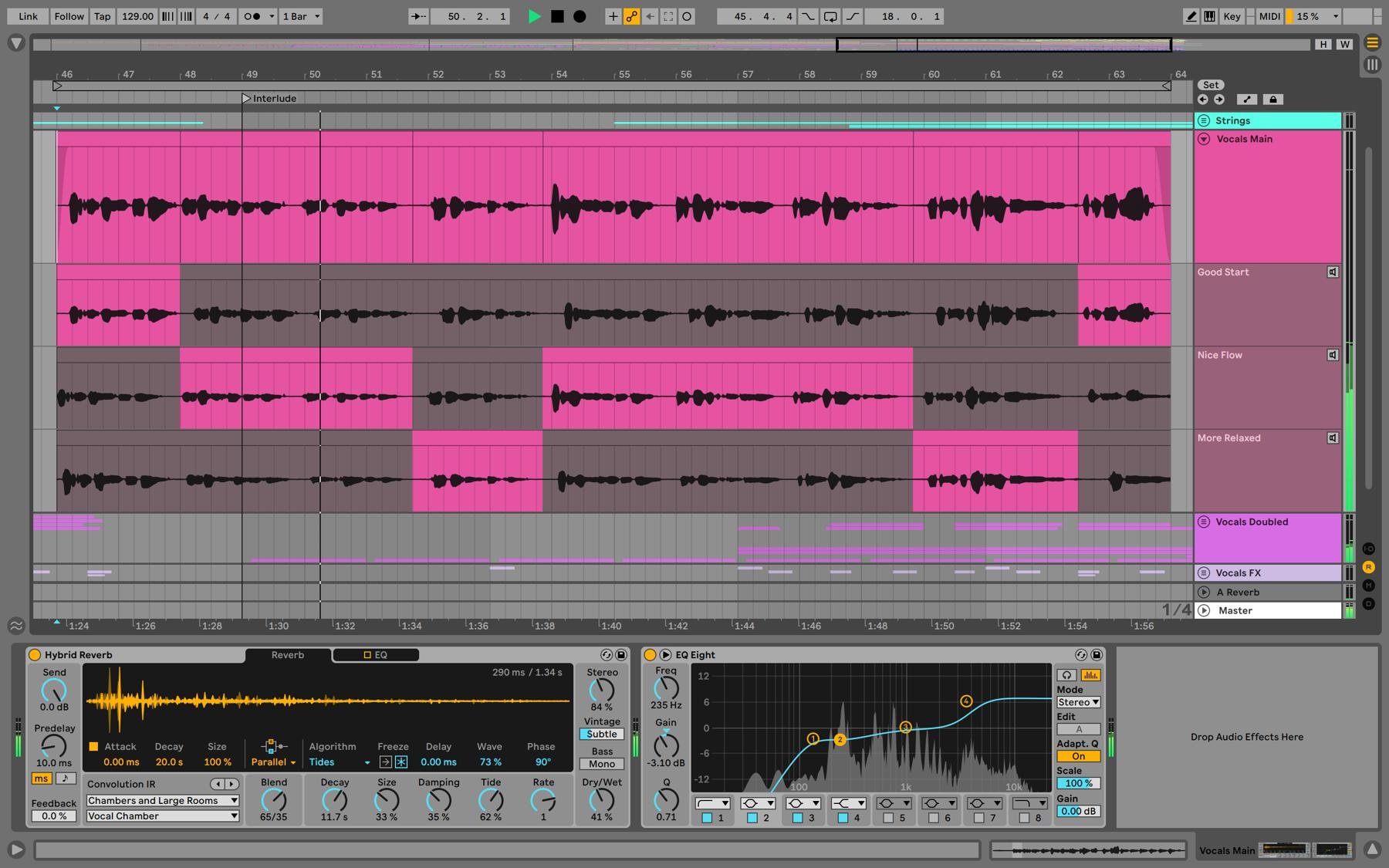

In the centre is the chain list, with a key map display where I've allocated which keys play which instruments. The screen below shows an instrument Rack with three layers (chains): an Impulse drum machine and two instances of Sampler. Let's have a look at a couple of examples. Live 6 's library includes a number of Rack presets for audio effects, instruments and combinations. Racks are made in the same way that Groups were in Live 5: by selecting the devices and choosing Edit / Group.
#What directory ableton live packs Patch
Controlling the patch is simplified by a master control panel with eight 'macro' knobs that can be assigned to parameters within the chains. This allows you to create patches with keyboard splits and/or layers, and many more complex configurations. Racks are, in essence, Groups with multiple layers, which can act in parallel on the same track. In Live 5, you could group all these Devices, making them act as a single Device which could be saved as a patch for use in the future. This 'chain' of Devices starts with a MIDI plug-in, which feeds an instrument, the output of which then passes through some audio effects. An example is the patch I used for the performance tests. When you select a track in Live, any plug-ins on that track appear at the bottom of the screen, running from left to right in the order in which they take effect. A crude approximation would be to say that Racks are an equivalent idea to Reason 's Combinator, or Native Instruments' Kore shell, but they deserve a more considered explanation. The centrepiece of Live 6, however, is the new Racks functionality. If you play live, now is definitely the time to look at dual-core laptops. You can open up those projects that were pushing the limit, and find a new level of processing headroom. This is such a big deal, it's like getting a brand new computer. On mixed MIDI, audio and instrument projects the performance gain seems to be well in excess of 50 percent. Playback of audio Clips, however, seems to be kept to a single processor: when playing 24 audio tracks the CPU reported 16 percent use with one processor, and 14 percent with multi-processing enabled. I then turned on multi-core support in the Preferences, and CPU use dropped to just 19 percent! Further tests confirmed that instruments and effects are completely shared among the processors. Playing all the tracks at the same time in single-processor mode gave me a CPU reading of 37 percent. To find out what performance boost Live 6 would give me on my dual-G5 Mac, I created 10 MIDI tracks, and put an arpeggiated Simpler bass patch with some effects on each one. I have to admit that I was a bit surprised when I heard that Live 6 would support multi-processor and multi-core computers, as I had no idea it didn't support them before.


So is Live in danger of moving away from the fast, streamlined working methods it's known for and sinking under a bloat of features, or has the newest kid on the block come of age? Two For The Show Performers and DJs also get looked after with the new instrument and effects 'racks', MIDI control features, and massive performance improvements. Version 6 has a long list of new features, many aimed at broadening Live 's appeal in the composition and production spheres.
#What directory ableton live packs update
Ableton's Live revolutionised user interface design in music software, and with every update, the company have striven to retain its ergonomic appeal whilst adding some very sophisticated new features.Įver since Live 's 2001 release rocked the world of computer music, Ableton's prolific development efforts have brought us an average of one major update per year.


 0 kommentar(er)
0 kommentar(er)
